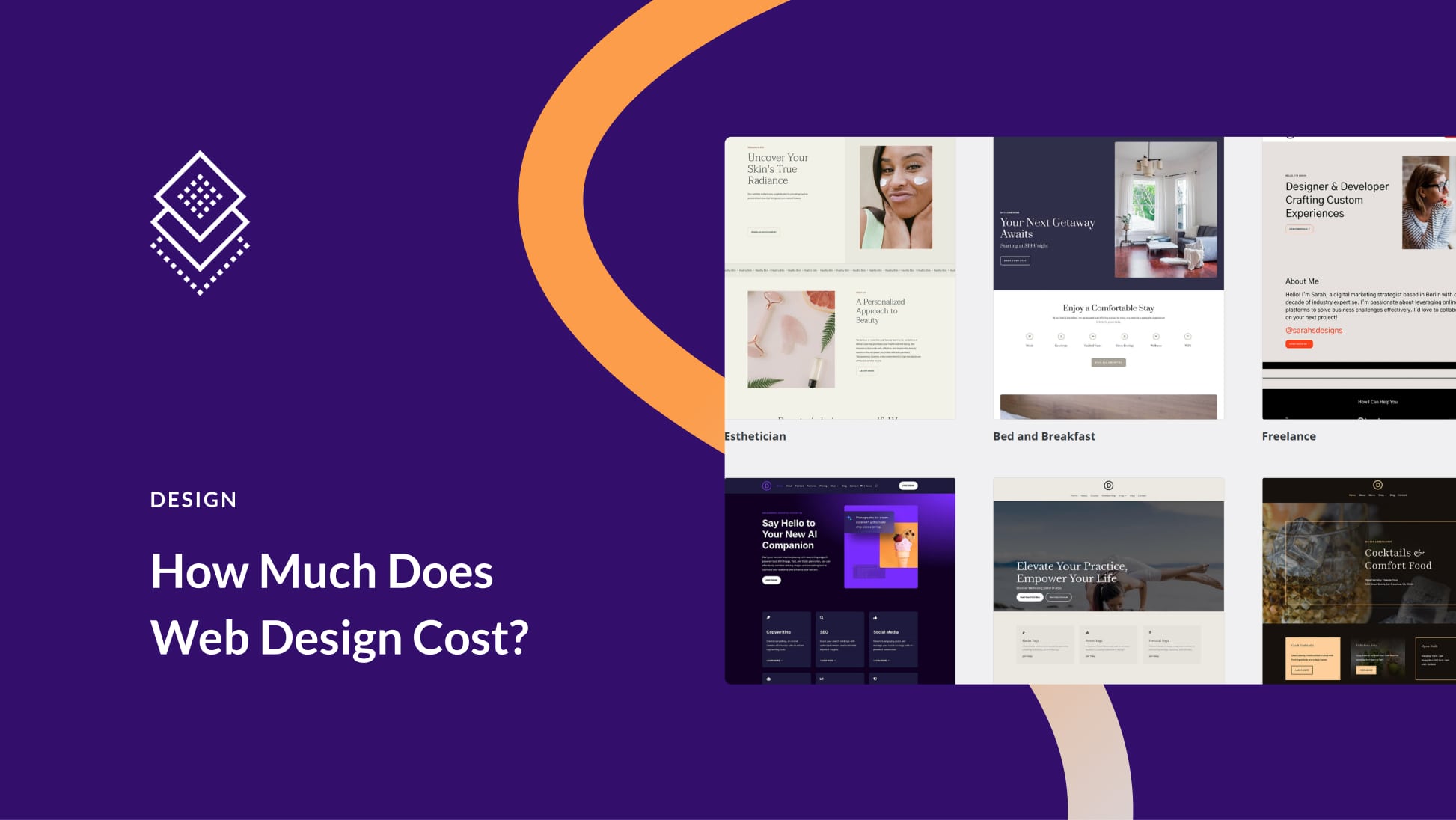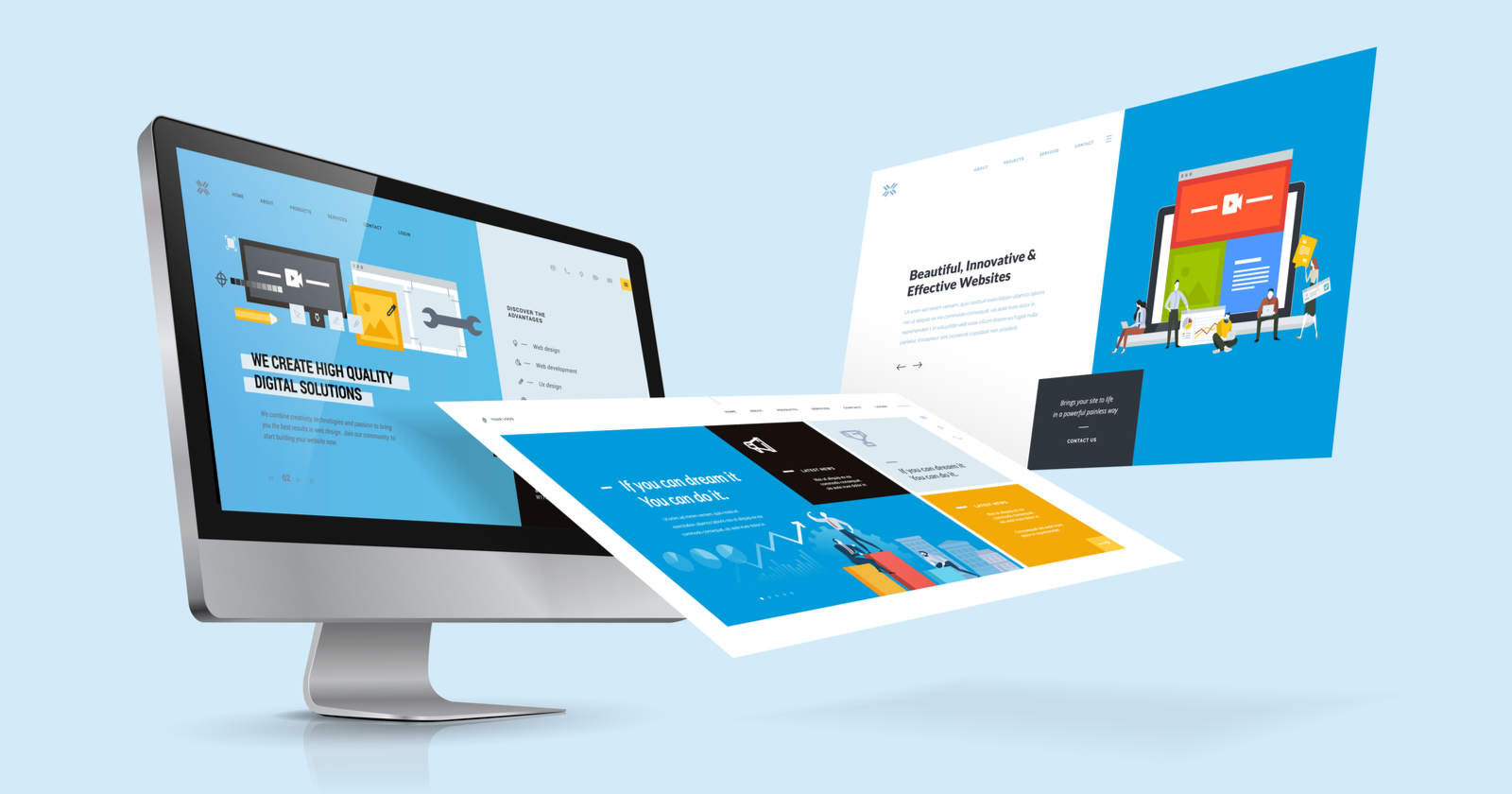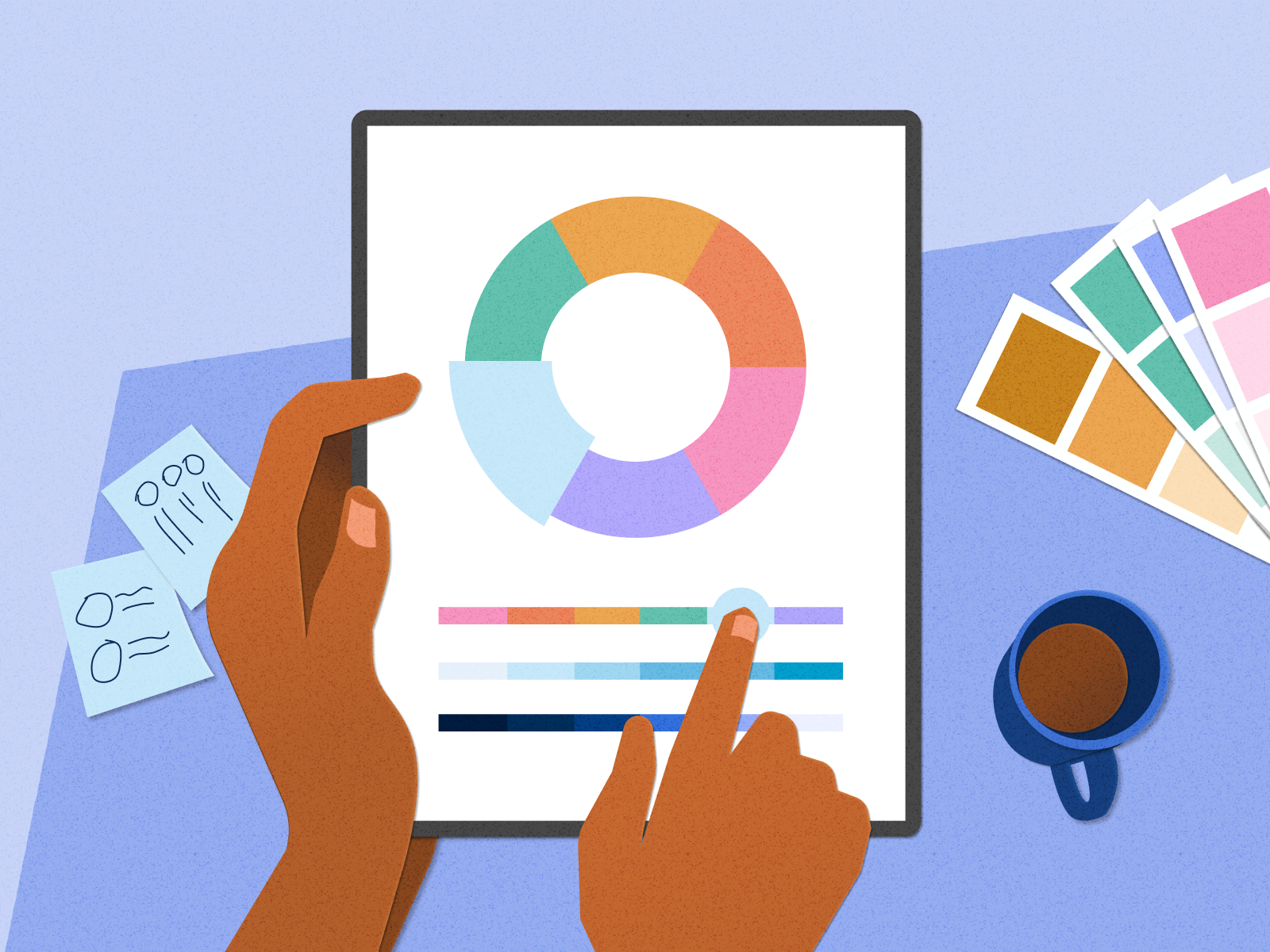The Very Best Kinds Of Web Style to Improve Customer Experience and Interaction
In the ever-evolving landscape of electronic communication, the efficiency of Web design significantly affects user experience and involvement. Various design techniques, such as minimalist, responsive, and interactive layouts, each offer one-of-a-kind advantages that can cater to varied customer demands.
Minimalist Web Style
As digital landscapes come to be progressively chaotic, minimal website design has become an effective strategy to improving customer experience. This layout viewpoint focuses on simplicity, concentrating on necessary components while removing unneeded diversions. By utilizing sufficient white space, uncomplicated navigation, and a limited color palette, minimal style promotes clarity and routes individual focus to key web content.
The core principle of minimalist website design is to produce a seamless interaction for individuals. By minimizing cognitive load, customers can quickly realize info without feeling bewildered. This straight approach not just improves use yet likewise motivates engagement, as site visitors are most likely to discover a site that is aesthetically attractive and easy to navigate.
In addition, minimal design typically stresses typography and images, utilizing these elements tactically to communicate messages properly. In significance, minimal Web design is not just a pattern; it is a thoughtful method that identifies the importance of user-centered design.
Responsive Website Design
In today's diverse digital atmosphere, receptive Web style has actually come to be essential for creating a seamless customer experience across a multitude of devices. As users access sites on smartphones, desktops, tablets, and laptops, the capacity of an internet site to adjust its format and web content to various display sizes and resolutions is important.
Responsive Web design uses flexible grids, images, and CSS media questions to make certain that Web content exists efficiently, no matter of the tool utilized. This method not only boosts the visual charm of a site however also dramatically improves functionality. Users are most likely to engage with a website that provides a constant experience, as it gets rid of the aggravation of needing to zoom in or scroll excessively.
Moreover, internet search engine, consisting of Google, prioritize mobile-friendly web sites in search rankings. By taking on receptive design, services can improve their presence and reach a more comprehensive target market. This strategy additionally simplifies web site maintenance, as a single variation of the site can deal with all tools, decreasing the demand for multiple variations. In summary, receptive website design is a fundamental technique that enhances user experience, interaction, and total satisfaction.
Interactive Web Design
Responsive website design prepares for improving customer experience, however interactive Web design takes this a step additionally by involving users in a more dynamic method - Aligned Position Web Design. By integrating components such as animations, clickable models, and real-time comments, interactive Web layout captivates individuals, attracting them right into a richer surfing experience
This strategy not just fosters engagement but also urges customers to discover material proactively as opposed to passively consuming it. Techniques such as gamification, where users make benefits for completing tasks, can dramatically boost the moment invested on a website and enhance general complete satisfaction. Interactive features can simplify intricate details, making it a lot more absorbable and delightful.

Incorporating interactive design components can also cause greater conversion rates, as individuals are extra likely to engage with a website that proactively involves them. Aligned Position Web Design. Eventually, interactive Web layout transforms individual experiences right into remarkable journeys, making sure that site visitors return time and again
Apartment Layout
Characterized by its minimalistic method, flat style highlights simpleness and performance, removing away unneeded aspects and concentrating on crucial attributes. This layout philosophy focuses on use, making certain that users can browse user interfaces effortlessly and performance. By using a tidy visual, flat design eliminates the clutter commonly located in a lot more elaborate designs, therefore boosting customer concentrate on web content and functionality.
The characteristic of level style hinges on its use recommended you read of bold shades, basic typography, and geometric shapes. These elements add to an aesthetically attractive interface that is both modern and friendly. In addition, level design fosters a feeling of clearness, allowing customers to determine vital actions and details without diversion.
Additionally, flat style is particularly reliable in responsive website design, as its simpleness equates well across numerous gadgets and display sizes. The lack of complex textures and slopes reduces filling times, which is important for keeping individual involvement. As digital landscapes remain to develop, level style continues to be an appropriate selection for producing straightforward sites that boost general experience. By concentrating on vital attributes, flat style not helpful hints just satisfies customer needs however additionally encourages smooth communication, making it an important part of effective website design strategies.
Flexible Web Layout
Flexible website design customizes the user experience by producing several taken care of designs customized to various display dimensions and tools. Unlike receptive layout, which fluidly readjusts a solitary format, flexible layout uses distinctive formats for specific breakpoints, guaranteeing ideal presentation on different platforms. This method allows designers to focus on the unique characteristics of each device, enhancing usability by supplying specifically what customers require based on their context.
One of the primary advantages of flexible Web style is its capability to optimize load times and efficiency. By serving tailored content and photos that fit the customer's gadget, sites can reduce data use and boost loading speeds. This is particularly beneficial for customers with slower links or restricted data strategies.

Additionally, flexible layout helps with an extra regular and controlled branding experience. Considering that developers create several designs, they can ensure that the visual aspects straighten with the brand's identity across various systems - Aligned Position Web Design. This results in a cohesive individual experience, boosting engagement and promoting customer retention
Verdict
Minimal style fosters clearness and focus, while receptive layout makes certain adaptability across numerous gadgets, promoting accessibility. Jointly, these style approaches add to the production of easy to use atmospheres that not only boost fulfillment however also drive greater conversion rates, underscoring their critical importance in modern Web layout methods.

Minimal style promotes clearness and emphasis, while receptive layout makes certain flexibility throughout numerous devices, promoting ease of access. Collectively, these design approaches contribute to the creation of user-friendly environments that not only improve satisfaction but also drive greater conversion prices, emphasizing their essential relevance in modern Web style techniques.
Comments on “Aligned Position Web Design: Crafting Visually Appealing Websites for Modern Businesses”